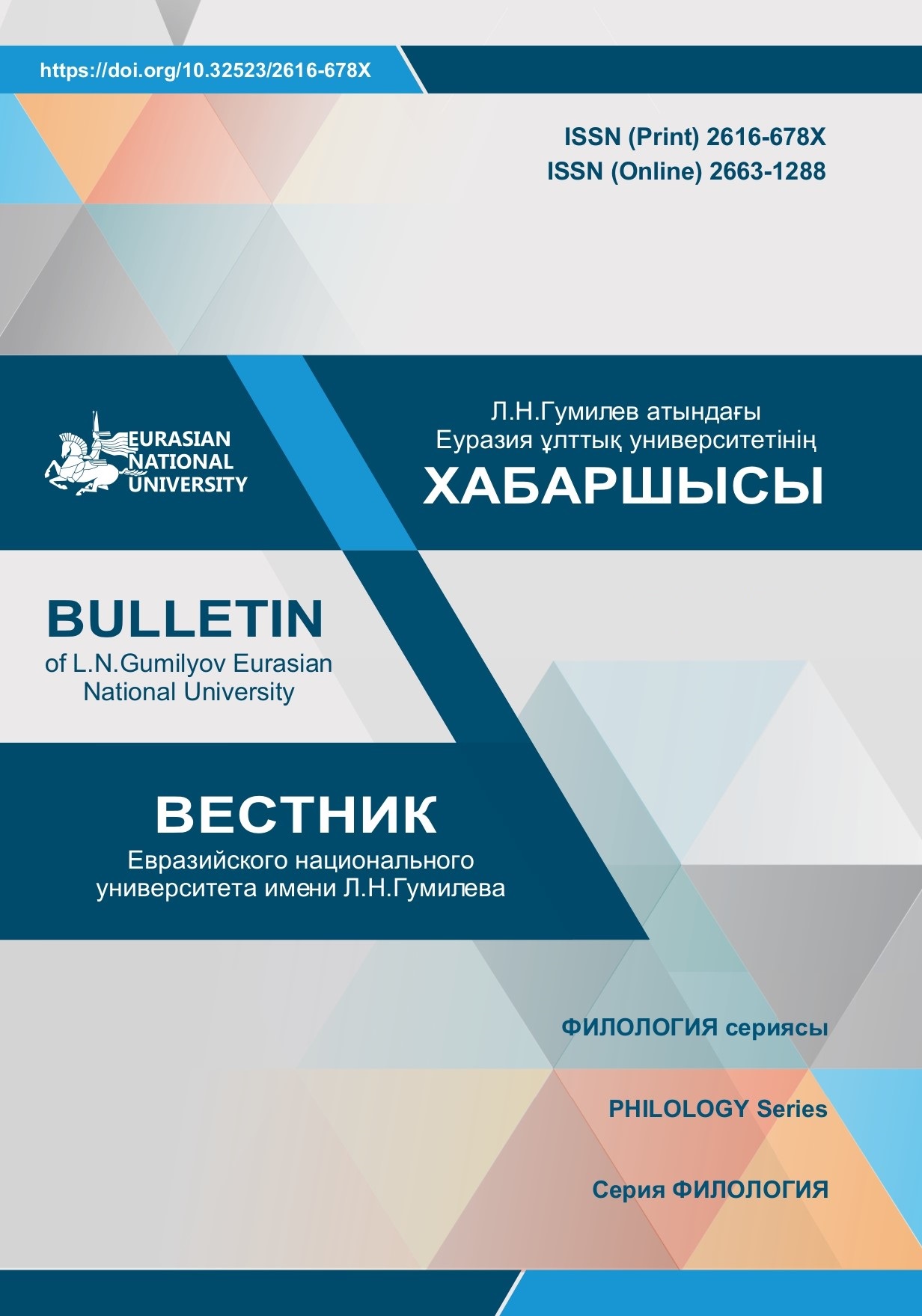Моңғол тілі дыбыстарының махбод теориясы бойынша жіктелуі
Қаралымдар: 200 / PDF жүктеулері: 259
DOI:
https://doi.org/10.32523/2616-678X-2023-142-1-15-24Кілт сөздер:
Махбод, «ұлы бес элемент», Ежелгі Үнді тіл білімі, моңғол тілі дыбыстарының жіктелімі, «достасатын» және «жауласатын» дыбыстар, дыбыстау мүшелеріАңдатпа
Мақалада Ежелгі Үндістанда заттардың және табиғаттың сан алуан құбылысын түсіндіріп келген махбод теориясының тіл білімінде де қолданылғандығы баяндалады. Бұл теория буддизм арқылы моңғол халқының наным-сеніміне ғана емес, тіл танымына да әсер етті. Сондықтан ең әуелі «ұлы бес элемент» деп аталатын терминнің және моңғол дәстүріндегі махбод теориясының негізгі мән-мағынасы талданады.
Моңғолдың дыбыс ілімінің дәстүрі шығыстық, соның ішінде ежелгі үнді, тибет тілдерінен және «Ганжуур», «Данжуур» топтамасынан аударылған шежірелерге, қытай, тибет, корей тіл білімінің туындыларына негізделеді. Моңғолдың оқымысты діндарларының, тілші ғалымдарының махбод теориясын қалай түсініп, тілдік дыбыстарды жіктеуде қандай ұғымдар мен терминдер қолданғанына назар аударады. Автордың пікірінше, аталған теорияға сәйкес моңғол тілі дыбыстарының жіктелуі тілдік дыбыстардың жасалу жолының түпкі сипатын нақтылап берумен қатар дыбыстардың өзгеруі, дыбыс ағынындағы орны, заңдылығын түсінуге алғашқы қадам болды; бұл дыбыстық жіктелім буынға негізделгендіктен, дыбыстардың «бірге өмір сүруі» жағдайы, үйлесуі мен үндесімін нақты көруге жағымды жағдай жасады.
Мақаланың қорытындысында Үнді философиясындағы махбод теориясы негізінде қалыптасқан моңғол тілі дыбыстарының жіктелімінің төрт түрлі пайдасы анықталды.







